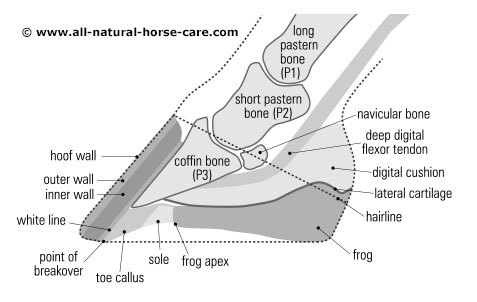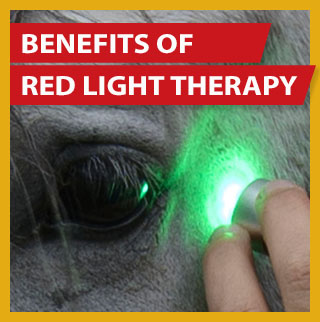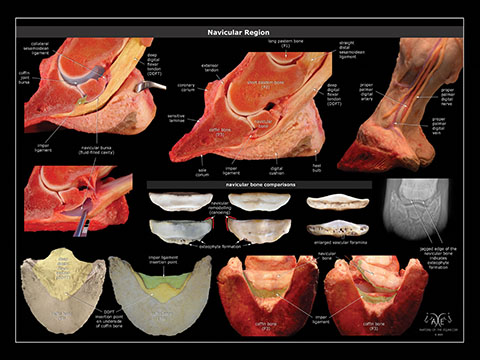
Navicular Disease in Horses - no longer a death sentence
Before the days of the barefoot movement, navicular disease in horses used to be seen as an incurable disease. However, there are now many horses who have been completely restored - being fully sound and leading fully productive and more importantly, healthy, lives. How is this achieved? By trimming the hoof to the specifics that nature intended.
What is navicular disease in horses?
That is a very good question! Usually any non-specific (other than such caused by an injury or abscess) hoof heel pain is lumped together under the description of navicular disease in horses, or navicular syndrome. Diagnosis often involves nerve blocking the leg and taking x-rays.
In some horses there is seen (on x-rays) to be deterioration of the navicular bone which is where the term navicular disease came from - as the degeneration was thought to be caused by a mysterious degenerative disease. It was thought that the pain came from the friction of the tendon on the damaged bone. However, not all horses who show this deterioration are lame or experience pain. Whereas others who appear to have no degeneration show severe lameness.
Where is the navicular bone located?
As shown in the diagram below the navicular bone sits at the back of the coffin bone and provides a smooth surface for the deep flexor tendon to run over.

It was thought that the degenerative disease caused the bone to become rough which in turn damaged cartilages between the bone and the tendon which in turn damaged the tendon. However Dr James Rooney (American College of Veterinarian Pathologists) conducted a post mortem study of thousands of horses and found that not one had damage only to the bone. In all cases there was damage to the deep flexor tendon and cartilages proving that it is not the bone deterioration that causes tendon damage but the cartilages and tendon deterioration that causes the bone damage.
He then went on to prove how this came about. He found that by stimulating a toe first landing in test machines using dead horse legs the same damage could be created.
With heel first landing, the descending fetlock joint quickly tightens the deep flexor tendon. Simultaneous to this, the coffin joint rotates forward toward breakover, loosening the deep flexor.
But in a toe first landing the descending fetlock joint is still tightening the tendon just after impact, but as the heel rocks downward (rotating the coffin bone backward), the tendon is tightened from the other side at the same time. So there is increased pressure on the coffin bone which increases the friction, causing damage to the region. This was documented and published back in 1974!
The toe first landing normally occurs as a result of heel pain. So by finding the cause of the heel pain we can prevent the damage caused to the navicular bone.
When horses are born all their feet are the same and it is the physical stimulation that develops them into the distinctive front and back hoof shapes that we see in the healthy adult hoof.
However, many foals don't get the proper stimulation because they are kept on soft ground (or stabled). This means that the lateral cartilages, digital cushion and frog do not fully develop. With the lack of development of these structures, the back of the foot is over sensitive which means the horse starts to land toe first to avoid the pain.
Traditionally, horses with navicular disease are treated by applying bar shoes and pads which mask the problem by protecting the bottom of the foot. This however, does nothing to address the cause and in fact makes things worse as the structures continue to get weaker as they now have no stimulation at all. Raising the heels is another method that is used as it was thought to relieve the tension on the tendon, but again this just makes things worse. Also, by applying a shoe the natural shock absorption of the foot is compromised making the pressure even worse.
So the way to address the cause of navicular disease is to gradually lower the heels using a barefoot trim to allow the hoof to receive some pressure on the frogs. It must be done slowly to keep the horse comfortable - too much too soon and the horse will start toe landing again to avoid the pressure on it's sensitive frog. Boots and pads can be used to increase the stimulation. Taping a v-shaped pad to the frog will help both protect it and stimulate it. Then as much movement as possible to get the hoof to develop.
Whilst the bone deterioration may never fully recover, the horse will become sound as it no longer has any heel pain and the deterioration will have stopped.
Pete Ramey has a great article on navicular disease click here to read it.

